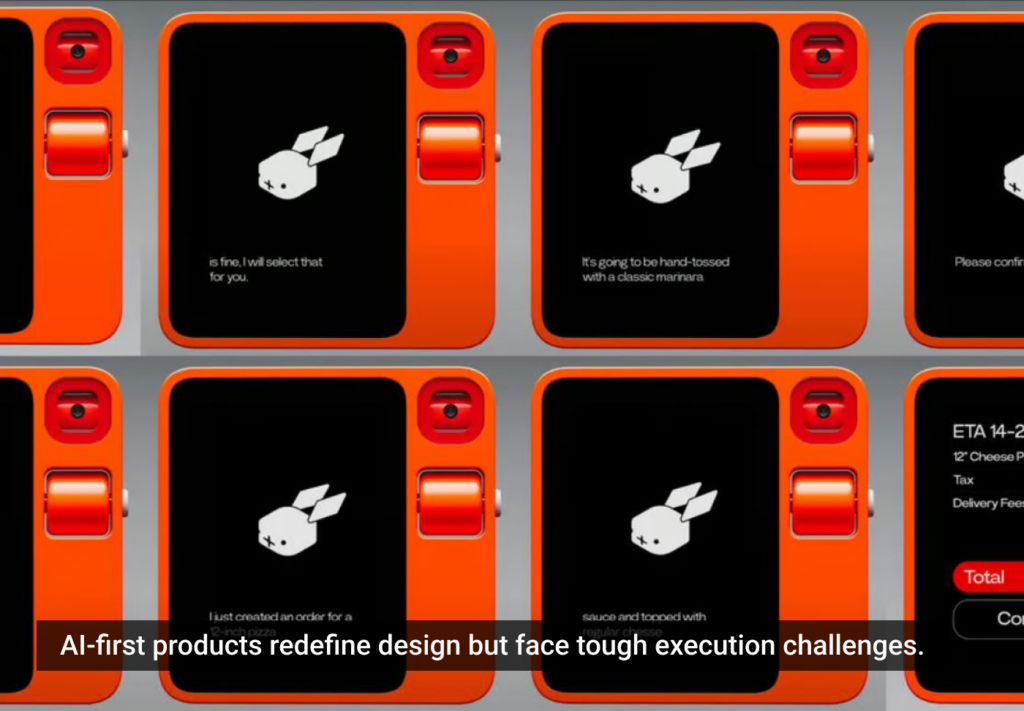Now that we’ve all had a few months to play with it, I think most of us can agree that iOS 7 offers some very exciting user experience features that set it apart from its predecessors. Features like the use of translucent layers to keep navigational context, the added depth of parallax movement effects and transitions, better and more intuitive gestures, reduction of information overload, and the removal of some of the unnecessary visual noise through flattening and thinning the design all have plenty of merit.
It’s not surprising there are many opinions on the updates since this is the first full rethinking of the UI since the first iPhone. With the trend to go simple and flat, some design elements have been purposely avoided. As has been well documented, the new iOS has eliminated some of the common skeuomorphic, or metaphorical design, that has been so strongly associated with Apple.
Forbes contributor Tim Worstall describes skeuomorphism as a “catch all term for when objects retain ornamental elements from the past, derivative iterations–elements that are no longer necessary to the current objects’ functions.” Some believe this design technique is only meant to be a bridge from getting people to this new mental model and association, and not needed long-term.
I think it makes sense for Apple to move away from skeuomorphic design now that users are familiar with the way things work since this is not the first iPhone. When we think about skeuomorphic design, some of the old metaphors may not be relevant to the new users. For example, many tech users rely primarily on digital calendars and not the standard wall-mounted calendars that used to adorn everyone’s offices and homes. We no longer “tape” on VHS or use records for music consumption or do our note taking solely on lined paper–our way of life has evolved and so have our metaphors. Even though the skeuomorphic design has disappeared from iOS 7, many users can understand the different features through muscle memory and the jump from analog to digital in many processes.
Our way of life has evolved and so have our metaphors
In his article “Does Skeuomorphic Design Matter?” John Payne discusses how “Skeuomorphs are stories of utility frozen in time. These new cultural affordances work because they leverage a user’s past experience and apply that understanding to something new.” He raises many good points, but I think when it comes to digital, there is a new normal, as many have discussed. We use things in different ways and these skeuomorphic design elements are meant to be the bridge to get users over the hump and adopting a newer mental model.
I do think, however, that the new iOS lacks some perceived affordances. The lack of containers around buttons and spinners and floating airy text is cause for confusion—it causes me to wonder, “is this a button or floating text?” And soon after its release, there were some thoughts on whether this new flat approach is affecting usability. Some think the pendulum has swung too far to be simple, and many agree a skeuomorphic approach just adds complexity.
Since we have had some time to get familiar with the new design, our mental models have shifted once again. Skeuomorphic design and the analog metaphors helped us make the jump from our old non-digital world to our new mobile space. But the old way of thinking is gone—we no longer associate mail with an envelope or lined paper with note taking. Skeuomorphic design helped us get to where we are today: independent of old mental models of a bygone era.
Image of apple, pencil, and pad courtesy Shutterstock







